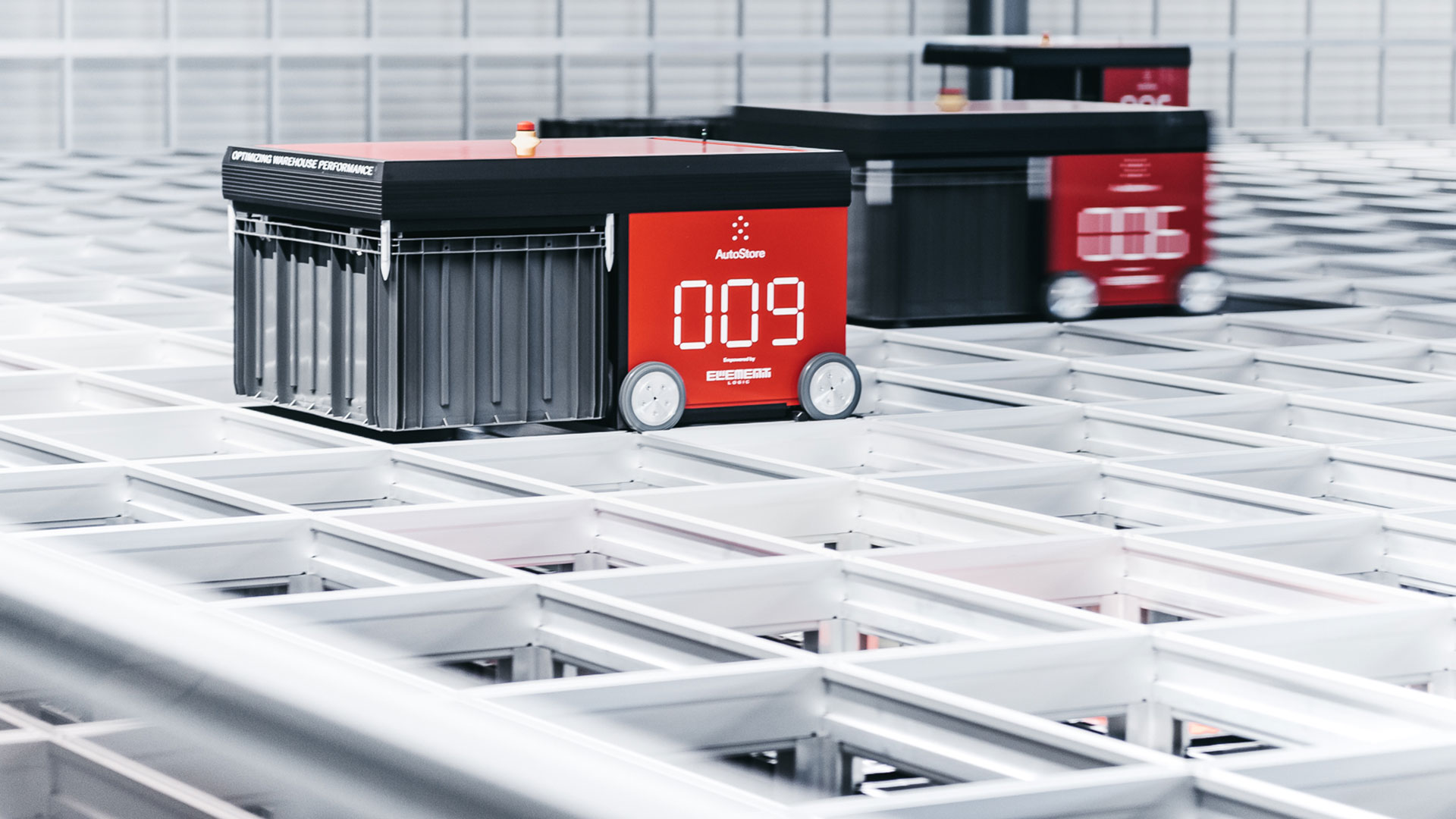Intelligent automation specialist Dematic is inviting customers and journalists to a live broadcast on 10th March featuring Dematic Customer Service and the benefits of analytic solutions.
Dematic Customer Service offers a wide variety of innovative service solutions such as advanced predictive maintenance capabilities for keeping your equipment, software, and systems operating at peak performance. At the event, experts from the Dematic Customer Service and Global Software Analytics teams will showcase their analytic solutions and provide information about Dematic InSights, a cloud-based analytics platform for optimising warehouse operations and condition monitoring.
Alberto Rostagno, VP Customer Service EMEA, adds: “Dematic Customer Service plays a vital role in maintaining and optimizing warehouse efficiency, ensuring facilities are operating with minimum unplanned downtime and managing risks across one or multiple sites. Traditional customer maintenance services are enhanced by Dematic InSights and its remote support capabilities.”
Customers benefit from the increased control of their warehouse operation systems – and from a greater ability to master growth, handle peak season demands, and accommodate new technology. “With our analytics tool, customers have better access to their data and better visibility into their systems so they can enact action plans to improve their operations. This way, Dematic InSights allows customers to be more proactive in addressing potential issues before they become truly disruptive,” explains Andy Bruinsma, Director Digital Solutions at Dematic, who will be one of the speakers.
During the live broadcast, experts will present the current Dematic InSights dashboard modules. These range from drill-down views of system and subsystem availability tracking to elaborate visualisations of operator performance, subsystem throughput, and equipment fault analysis. The presentation will also include a demonstration of specific case stories of customers who have significantly optimised their operational or maintenance processes with Dematic InSights.
The live sessions starting at 10:00 GMT will be held in English and translated into French, Italian, and Spanish. Participants will receive live support from Dematic experts during the presentations and will be able to address specific questions at dedicated Q&A sessions. To see the full agenda and to register free of charge, visit https://www.dematic.com/peak-performance/.











